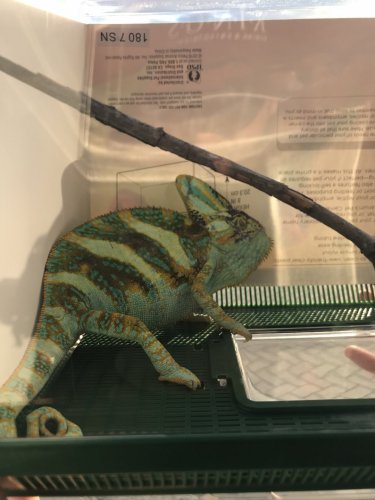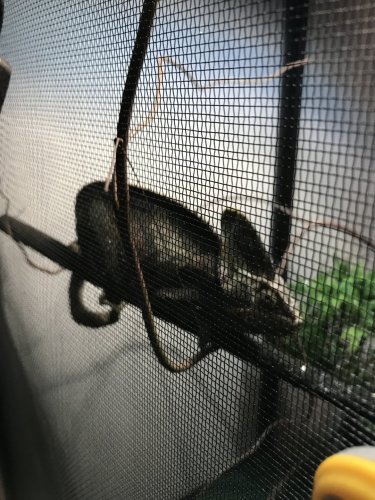funnyCAT140
Established Member
Just make sure to go over the caresheet I gave you and keep researching an you should be set. Definitely look into adding more foliage to his enclosure. I would add a live pothos or schefflera. The schefflera would fill up space in the bottom/middle of the cage and a large pothos could be draped across the artificial vines



